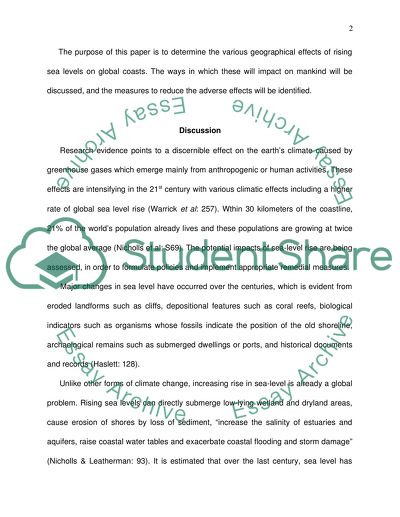Cite this document
(“The Effect of Rising Sea Levels on Global Coasts Essay”, n.d.)
The Effect of Rising Sea Levels on Global Coasts Essay. Retrieved from https://studentshare.org/miscellaneous/1551211-the-effect-of-rising-sea-levels-on-global-coasts
The Effect of Rising Sea Levels on Global Coasts Essay. Retrieved from https://studentshare.org/miscellaneous/1551211-the-effect-of-rising-sea-levels-on-global-coasts
(The Effect of Rising Sea Levels on Global Coasts Essay)
The Effect of Rising Sea Levels on Global Coasts Essay. https://studentshare.org/miscellaneous/1551211-the-effect-of-rising-sea-levels-on-global-coasts.
The Effect of Rising Sea Levels on Global Coasts Essay. https://studentshare.org/miscellaneous/1551211-the-effect-of-rising-sea-levels-on-global-coasts.
“The Effect of Rising Sea Levels on Global Coasts Essay”, n.d. https://studentshare.org/miscellaneous/1551211-the-effect-of-rising-sea-levels-on-global-coasts.


